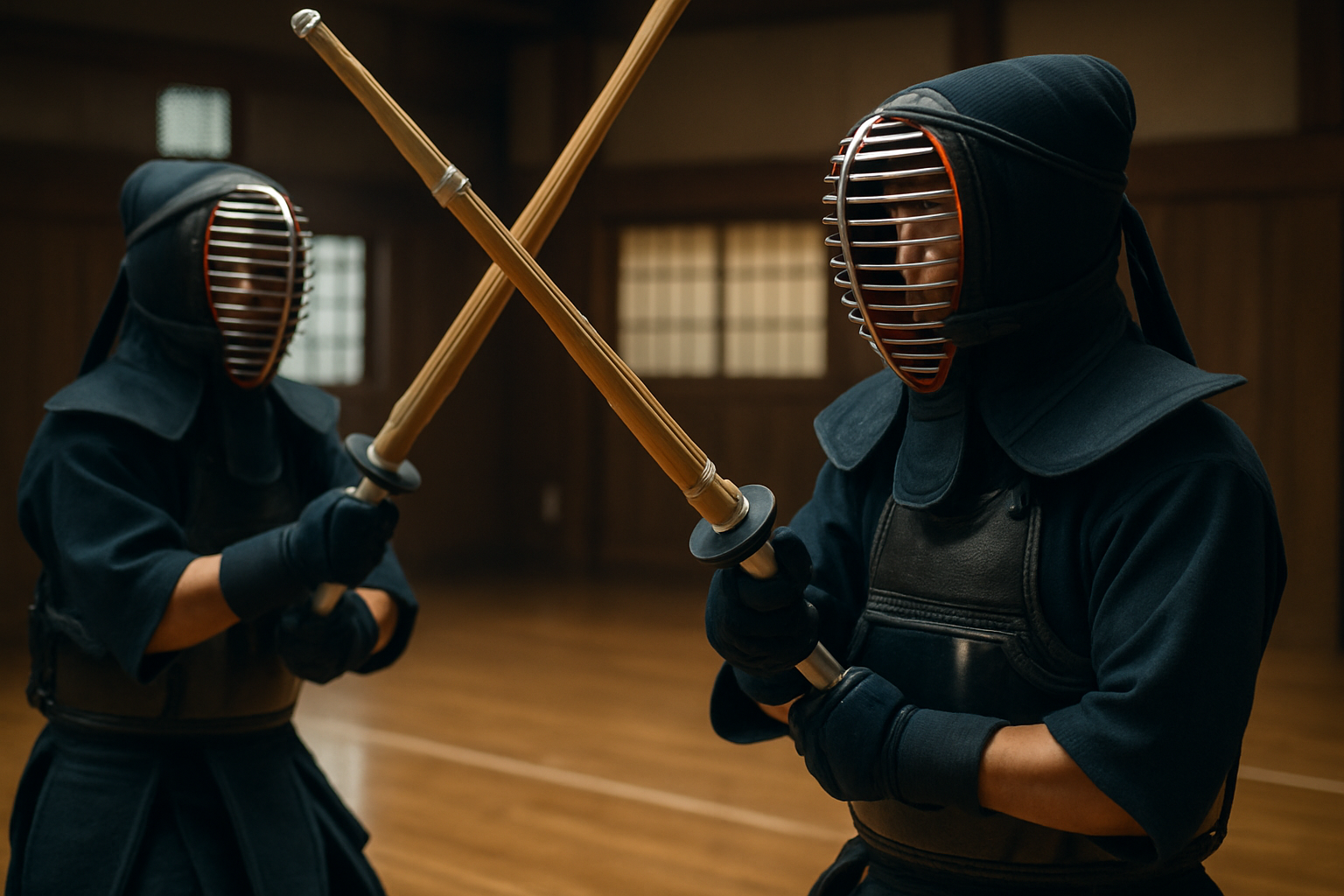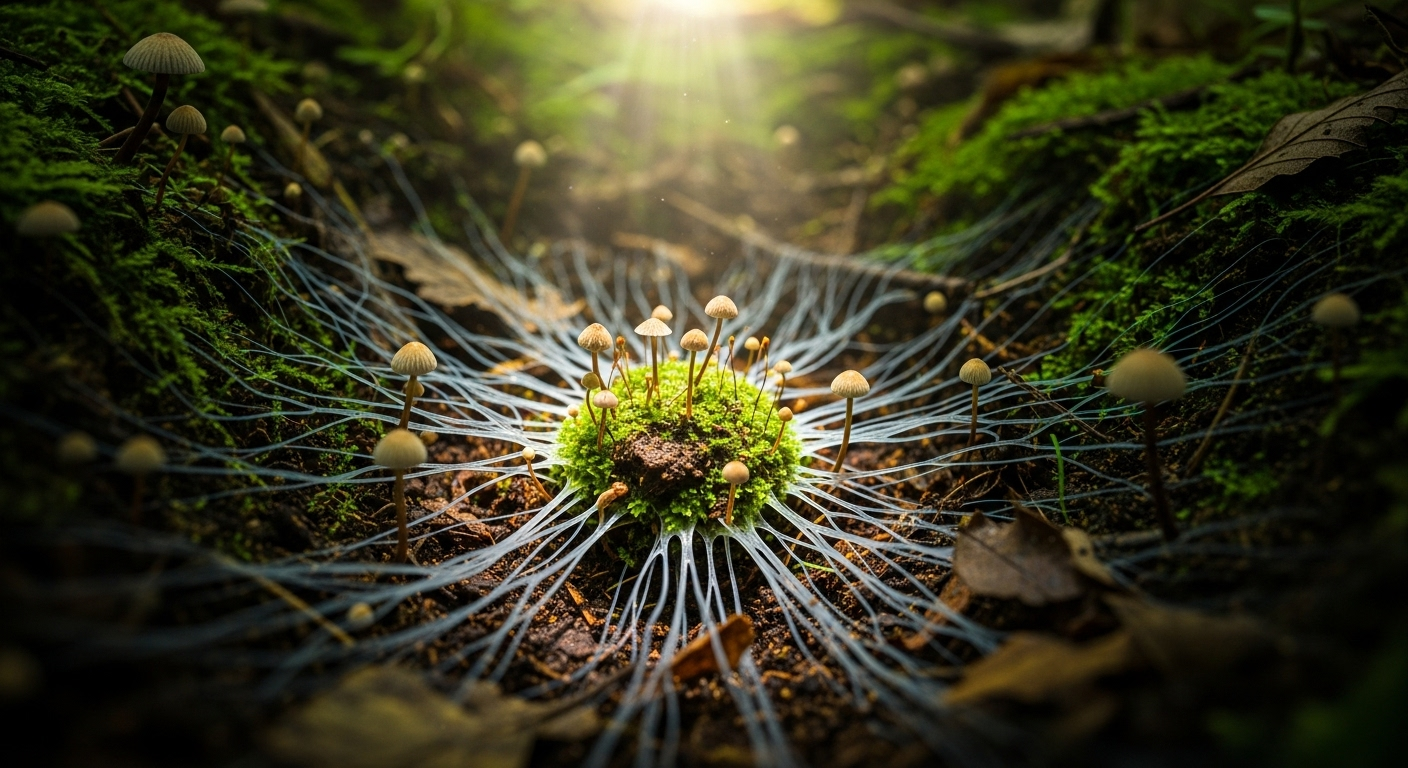Kendo: The Way of the Sword in Modern Times
In the bustling streets of Tokyo, amidst the neon lights and towering skyscrapers, a different kind of clash echoes through traditional dojos. The rhythmic thwack of bamboo swords and guttural kiai shouts transport practitioners to a world steeped in centuries-old tradition. This is kendo, the Japanese martial art of swordsmanship, where ancient samurai principles meet contemporary athletic pursuits. As we delve into the world of kendo, we'll explore how this venerable practice continues to shape minds, bodies, and spirits in the 21st century.

The establishment of the Dai Nippon Butoku Kai in 1895 marked a significant milestone in kendo’s development. This organization standardized rules and techniques, propelling kendo from a collection of disparate styles into a unified martial art. Despite a brief ban during the post-World War II Allied occupation, kendo reemerged stronger than ever, with the All Japan Kendo Federation formed in 1952 to oversee its practice nationwide.
Today, kendo is practiced by millions worldwide, with its philosophy of self-improvement through rigorous training resonating across cultures. The International Kendo Federation, established in 1970, now boasts member organizations from over 60 countries, testament to the global appeal of this quintessentially Japanese martial art.
The Art and Science of Kendo
At its core, kendo is a fusion of physical prowess and mental discipline. Practitioners, known as kendoka, engage in bouts using bamboo swords (shinai) and protective armor (bogu) consisting of a helmet (men), breastplate (do), gauntlets (kote), and hip protector (tare). The objective is to strike specific target areas on the opponent’s body with precision and spirit.
The fundamental techniques in kendo are deceptively simple yet infinitely complex in execution. Men (strike to the head), kote (strike to the wrist), do (strike to the torso), and tsuki (thrust to the throat) form the basic repertoire of attacks. These are complemented by footwork (ashi-sabaki), body movements (tai-sabaki), and various defensive maneuvers.
What sets kendo apart from many other martial arts is its emphasis on kiai, the vocalization that accompanies each strike. This shout is not merely for intimidation; it represents the unity of mind, body, and spirit at the moment of attack. Research has shown that proper kiai can enhance power output and focus, making it an integral part of kendo’s effectiveness.
The concept of ki, often translated as “spirit” or “energy,” plays a crucial role in kendo. Practitioners strive to cultivate and project ki through their actions, creating an imposing presence that can unsettle opponents before a single strike is made. This psychological aspect of kendo has fascinated sports psychologists, who see parallels with the mental game in other competitive sports.
Training Methods and Physical Benefits
Kendo training is a holistic approach to physical and mental development. A typical practice session, or keiko, begins with warm-up exercises and suburi (solo swinging practice) to develop proper form and muscle memory. This is followed by kihon-geiko (basic training), where practitioners refine their techniques through repetitive drills with a partner.
As skills progress, kendoka engage in ji-geiko (free practice) and shiai-geiko (competition practice), which simulate real match conditions. These intense sessions provide cardiovascular benefits comparable to high-intensity interval training, as demonstrated by studies measuring heart rate and oxygen consumption during kendo practice.
The unique demands of kendo contribute to overall fitness in ways that surprise many newcomers to the art. The constant shifting between relaxation and explosive movement develops fast-twitch muscle fibers, enhancing speed and power. The asymmetrical nature of kendo strikes also promotes balanced muscular development, as practitioners must execute techniques with both left and right sides of the body.
Beyond physical fitness, kendo training hones proprioception and spatial awareness. The need to maintain proper distance (ma-ai) from an opponent while executing precise strikes in fractions of a second sharpens reflexes and improves overall body coordination. These skills have been shown to transfer to other areas of life, with studies suggesting that regular kendo practice can enhance cognitive functions such as attention and decision-making speed.
The Mental Game: Kendo’s Psychological Impact
While the physical aspects of kendo are immediately apparent, its psychological benefits are equally profound. The concept of mushin, or “no-mind,” is central to kendo philosophy. This state of mental clarity, free from distracting thoughts or emotions, allows practitioners to react instinctively to their opponent’s movements.
Achieving mushin requires intense concentration and self-discipline, qualities that kendo cultivates through rigorous training. Research in sports psychology has drawn parallels between this state and the “flow” experience described in other high-performance activities, where individuals become fully immersed in the present moment.
The etiquette and ritualized behavior in kendo, such as the formal bow (rei) before and after practice, instill a sense of respect and humility. These values extend beyond the dojo, influencing practitioners’ behavior in their daily lives. Many kendoka report improved self-confidence, stress management, and interpersonal skills as a result of their training.
Moreover, the concept of zanshin, or continued awareness after striking, teaches practitioners to maintain focus and composure even after achieving their immediate goal. This principle has applications far beyond the confines of kendo, encouraging a mindset of continuous improvement and vigilance in all aspects of life.
Kendo in Competition: From Local Dojos to World Championships
While personal development remains at the heart of kendo, competitive events provide a platform for practitioners to test their skills and showcase the art to a wider audience. Local tournaments, regional championships, and national competitions form the backbone of the competitive kendo scene, culminating in the World Kendo Championships held every three years.
The scoring system in competitive kendo reflects the art’s emphasis on proper form and spirit. Points (ippon) are awarded not just for landing a strike on a valid target area, but for doing so with correct posture, full extension of the arms, and a clear, focused strike. This holistic approach to scoring ensures that matches remain true to kendo’s principles rather than devolving into mere point-hunting.
International competitions have played a crucial role in kendo’s global spread, fostering cultural exchange and mutual understanding. The diversity of styles and approaches seen at these events highlights kendo’s adaptability while maintaining its core traditions. Japanese teams have historically dominated these tournaments, but the gap is narrowing as the art gains popularity worldwide.
The Role of Equipment in Kendo’s Evolution
The equipment used in kendo, while rooted in tradition, has undergone subtle evolution to meet modern safety standards and performance needs. The shinai, originally made from four bamboo slats, now sometimes incorporates carbon fiber for increased durability without sacrificing the feel of traditional bamboo.
Bogu design has also seen innovations aimed at improving protection while maintaining mobility. Advanced materials and construction techniques have resulted in armor that offers better impact absorption and ventilation, addressing concerns about heat stress during intense practice sessions.
These equipment advancements have not only enhanced safety but also allowed for more dynamic and aggressive play styles. However, the kendo community remains vigilant about maintaining the art’s integrity, ensuring that technological improvements do not fundamentally alter the nature of practice and competition.
Kendo’s Influence on Popular Culture and Society
Beyond its immediate practitioners, kendo has left an indelible mark on popular culture. Its distinctive aesthetics and philosophy have inspired countless works of literature, film, and anime. The image of the stoic kendoka, face hidden behind a men, has become an iconic representation of Japanese martial arts in global media.
In Japan, kendo maintains a prominent place in education, with many schools offering it as part of their physical education curriculum. This exposure helps preserve traditional values while providing students with a unique form of physical and mental training. Studies have shown that students who participate in kendo often exhibit improved discipline and academic performance.
The principles of kendo have also found application in corporate settings, with some companies incorporating elements of kendo philosophy into their leadership training programs. Concepts such as zanshin and mushin are reinterpreted to enhance decision-making skills and maintain composure under pressure in the business world.
Challenges and Opportunities in Modern Kendo
As kendo continues to evolve in the 21st century, it faces both challenges and opportunities. One significant challenge is maintaining relevance and attracting new practitioners in an era of diverse entertainment options and instant gratification. The demanding nature of kendo training, with its emphasis on long-term commitment and gradual progress, can be at odds with modern expectations of quick results.
However, this very aspect of kendo also presents an opportunity. In a world of constant distraction and information overload, the focused, meditative nature of kendo practice offers a rare space for mindfulness and self-reflection. Many newcomers to the art find this aspect particularly appealing, seeing kendo as a form of moving meditation that provides balance to their hectic lives.
Another challenge lies in preserving the art’s cultural essence as it spreads globally. As kendo adapts to different cultural contexts, there’s a risk of diluting its core principles and techniques. The international kendo community is actively working to strike a balance between accessibility and authenticity, developing instructor certification programs and standardized curricula to maintain the integrity of the art worldwide.
The aging demographic of kendo practitioners, particularly in Japan, poses another concern. Efforts are underway to attract younger participants and ensure the transmission of knowledge from experienced instructors to the next generation. Innovative approaches, such as incorporating technology for remote instruction and creating youth-focused programs, are being explored to address this issue.
The Future of Kendo: Tradition Meets Innovation
As kendo moves forward, it stands at the intersection of tradition and innovation. While preserving its core principles and techniques, the art is cautiously embracing modern advancements to enhance training and promote global participation.
Virtual reality and motion capture technologies are being explored as tools for analyzing and refining kendo techniques. These innovations offer the potential for detailed biomechanical analysis, allowing practitioners to optimize their movements and reduce the risk of injury. However, the kendo community remains cautious about over-relying on technology, recognizing that the human element of instruction and the dojo environment are irreplaceable aspects of training.
The growing interest in mindfulness and mental health presents an opportunity for kendo to reach new audiences. The art’s holistic approach to mind-body development aligns well with contemporary wellness trends. Some dojos are exploring collaborations with mental health professionals to develop programs that leverage kendo’s meditative aspects for stress reduction and emotional regulation.
International exchange programs and online communities are fostering a global kendo network, allowing practitioners from diverse backgrounds to share experiences and insights. This cross-cultural pollination is leading to new perspectives on the art, enriching its practice while maintaining its essential character.
The Enduring Spirit of the Sword
As we’ve explored the multifaceted world of kendo, from its samurai origins to its place in modern society, one thing becomes clear: the way of the sword is far more than a martial art or sport. It is a living philosophy, a path of personal development, and a bridge between past and present.
In an age of rapid technological advancement and shifting social norms, kendo stands as a testament to the enduring value of tradition, discipline, and self-cultivation. Its practitioners, whether in Tokyo dojos or international tournaments, carry forward a legacy that spans centuries, finding in the clash of bamboo swords echoes of timeless human struggles and triumphs.
As kendo continues to evolve, adapting to the challenges and opportunities of the 21st century, it remains true to its core principles. The way of the sword, with its emphasis on respect, self-improvement, and the unity of mind and body, offers valuable lessons that extend far beyond the dojo. In the rhythmic strikes and shouts of kendo practice, we find not just a link to Japan’s martial past, but a path to personal growth and understanding in our complex modern world.





